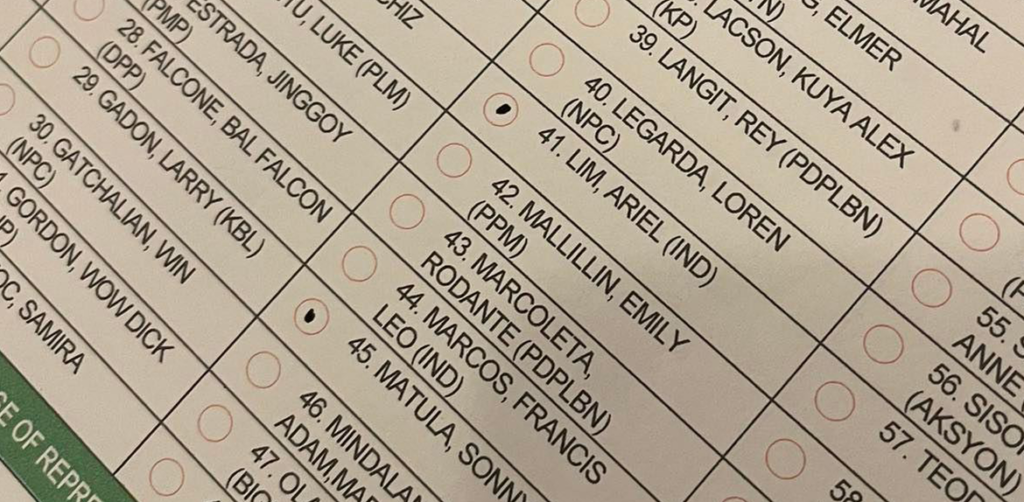After having focused on the public-facing side of automated elections since 2010, I’m now deeply involved in a side of the elections I’d never really dived deep into before: the Random Manual Audit – and it’s been an eye-opener.
Working on the voter education side of things, the tendency really is to measure your efficacy by the fact that people know how to vote by filling up the little ovals on the ballots. And with voter turn-outs in the mid to high 70’s, with relatively few ballots uncounted because of wrongly accomplished ballots, it was always self-evident that the voter education worked. But with the Random Manual Audit (RMA), despite proof of the excellent accuracy nad reliability of the voter counting machines, I’ve had to confront examples of where the voter either didn’t know the proper way of filling up the ballot or simply didn’t care enough about voting properly that they were okay to do a piss-poor job of it. Either way, for these people at least, voter education clearly fell short of either of both of its twin goals – to teach people the proper way of filling out the ballot and teaching them the value of the vote.
Which is why the past few weeks have been fairly difficult for me. It has been uncomfortable being constantly reminded by the ongoing audit that much remains to be done in terms of voter education; that despite the efforts at teaching voters from 2010 all the way up to 2019, the end is still nowhere in sight.
In defense of voter education, that’s not really a surprise. With the list of electors constantly growing as new voters step up and register, there was always going to be a new batch of people who needed instruction on how to shade the ovals. The disappointing thing is that we still haven’t reached that critical mass of voters we need to ensure that the knowledge of how to vote properly gets organically passed on to succeeding waves of new voters. Like how new car owners now know without really needing to be told, that they should use seat belts.
Instead, we still have people making dots in the very center of the oval they need to fill in completely; we have people leaving the ovals blank and instead encircling them; we also have people underlining the names of the candidates they want to vote for, and more. This, despite clear instructions on the ballot itself.

And that’s where the challenge lies, moving forward.
Clearly, having printed instructions on the ballot isn’t going to be effective for everyone. People still burn themselves on steaming hot coffee, right? And so that’s the challenge moving forward; a need highlighted by the ongoing random manual audit.
While conventional voter education does work, there must be a different approach for the hold-out populations – which includes the new voters learning to vote for the first time, as well as the older voters who either still haven’t got it or are still dicking around with their ballots.

